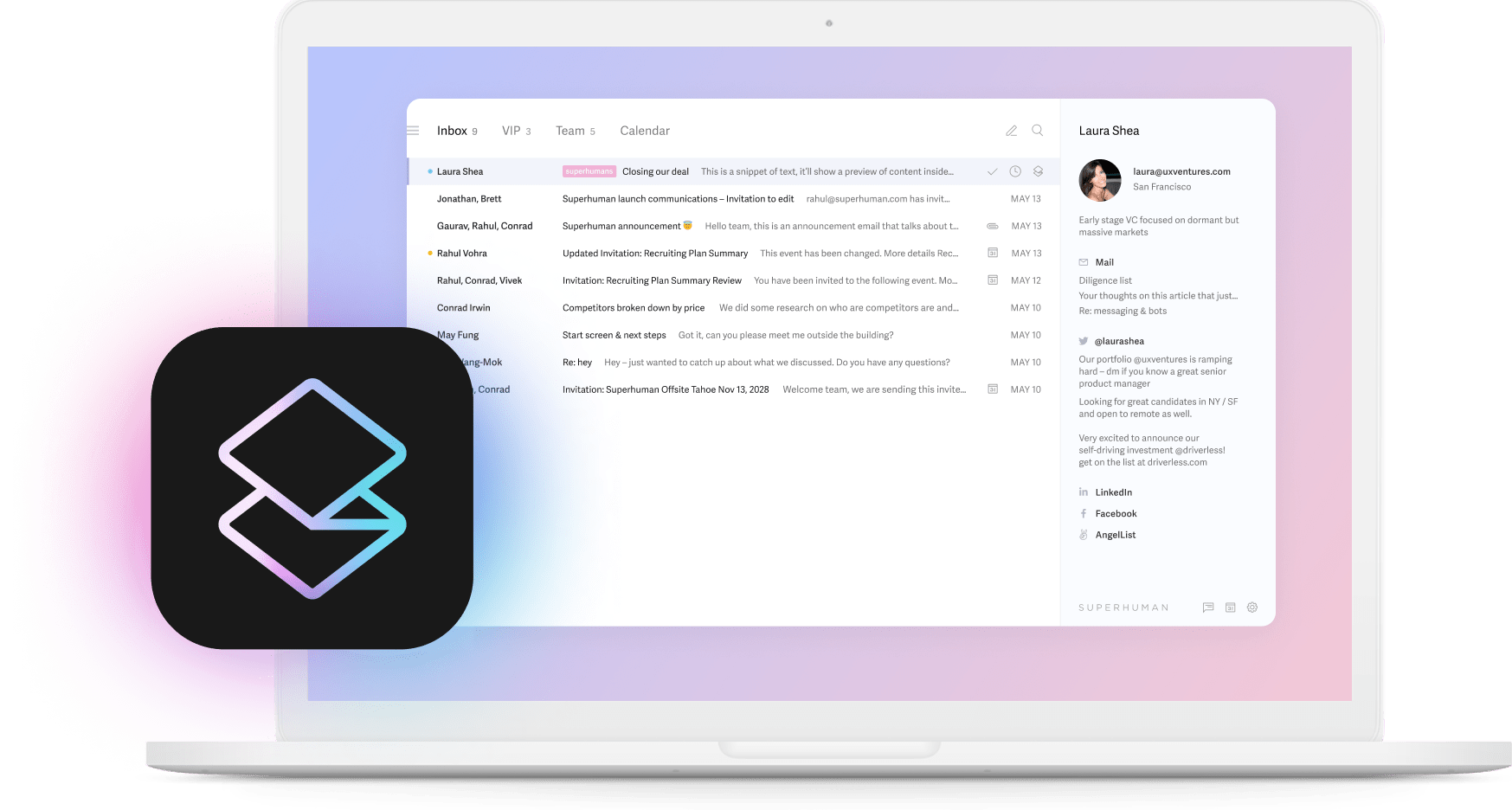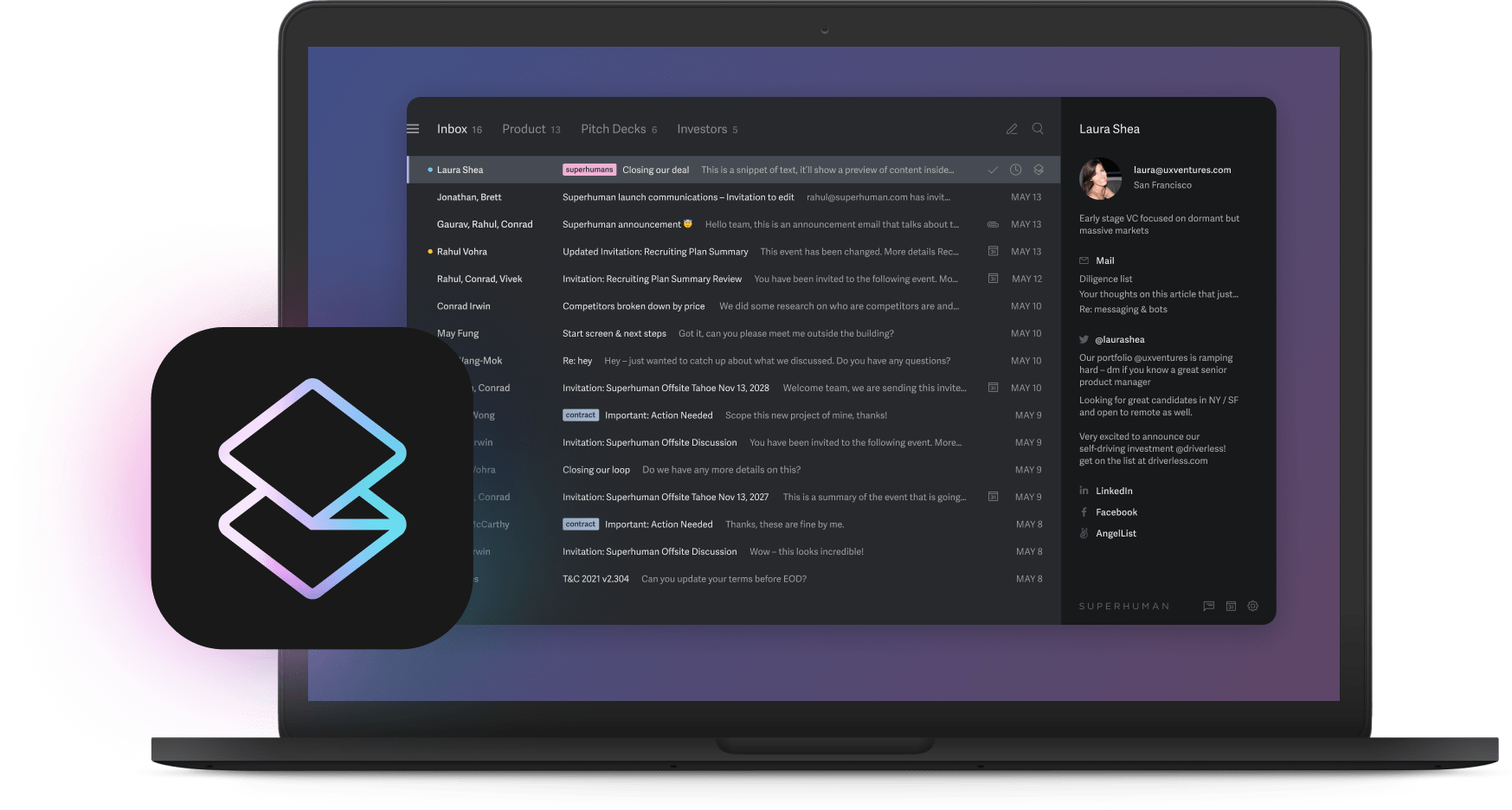
Everyone's chasing AI moonshots. Chatbots that write poetry. Algorithms that predict the future. Complex systems that break the moment a customer does something unexpected. Meanwhile, the smartest companies are getting rich automating the boring work.
The best companies deploy AI differently. They skip moonshots. They avoid chatbots that make things up. They focus on boring automation that compounds into massive advantages.
Here's the exact 90-day playbook they use. First month, pick the tasks everyone hates and write simple rules. Second month, test tools that already work elsewhere. Third month, measure what happens with real customers. Then keep what works and kill what doesn't.
The average team following this approach saves one full day per week within 90 days. Some save more. The key is starting with problems so boring that no one else bothers to solve them.
Who should use this
This guide helps if you run a tech startup, lead teams at a professional services firm, or manage part of a bank. Follow the steps in order. Don't skip around.
First week reveals your data problems. Month one puts rules and people in place. Month two finds the right tools. Month three proves what works with real customers. Quarterly reviews keep momentum going.
We focus on boring AI deployment that compounds value. Think automation that saves hours in the tools where professionals spend more than 50% of their workday. Email, calendar, and messaging. Take extra time if you need it. Never skip the risk assessments.
Your sponsor handles strategy and budget. Your product person manages daily progress. Your risk person stops disasters before they happen.
Week one: Figure out where you stand
Here's something we learned the hard way. Companies that skip setup spend months cleaning up preventable messes. The ones that nail the basics early get to focus on building value.
Start by finding a sponsor with real power. You need someone who controls budget and can make decisions stick. Have them pick helpers from tech, legal, and operations. These people need to care about outcomes, not just show up to meetings.
Map every place your company stores data. Customer info, financial records, employee files, everything. Mark which ones would hurt if they leaked. More AI projects die from data problems than from bad algorithms.
Run through 10 questions about your readiness. How clean is your data? Do you have people who understand both AI and your business? Can your systems handle new tools? What happens when something breaks? Be brutally honest. Lying to yourself now means failing later.
Get everyone together for two hours. Review what you found. Pick wins that seem almost too easy. Write basic safety rules everyone understands. Make sure each person knows exactly what they own. No vague responsibilities. No shared accountability that means no accountability.
Draw a grid with impact on one axis and likelihood on the other. Plot every risk you can think of. Color the scary ones red. This becomes your guide for what to watch closest. Update it weekly as you learn more.
Companies that do this prep work succeed. The ones that jump straight to implementation spend the next quarter fighting fires.
Month one: Build the boring foundation
Your first month sets the tone for everything else. Forget the moonshots. Look for tasks that waste hours but never make headlines. Meeting scheduling that eats up mornings. Customer questions you answer fifty times a week. Email management that consumes 16.5 hours weekly, over 100 workdays a year. Reports that take forever to write but minutes to read.
Write an AI policy that fits on two pages. What problems will AI solve here? Which data can it access? When must humans review its work? How do we vet vendors? What's our plan when something fails? A good policy playbook speeds this up, though most companies overthink it.
Three people need clear ownership. Someone to ensure AI helps the business. Someone to keep data clean and compliant. Someone to catch problems before customers do. These can be part-time roles. They need real accountability though.
Check your data health in one afternoon. Pick three key datasets. Can people access them easily? Is the information current? Would using this data break any rules? You'll discover problems now or trip over them later. There's no third option.
Learn from companies that went first. Customer service chatbots have promised refunds companies couldn't give. The bots made up policies on the spot. Now companies are stuck honoring whatever their AI invents. The fix was simple. Have humans review promises before they go to customers.
Voice AI in drive-thrus keeps mishearing orders. The system heard "vanilla shake" when customers said "I'll have a steak." Hungry customers don't find this funny. Always keep human backup ready when AI touches customers.
Healthcare AI has suggested treatments that could harm patients. Thankfully, doctors reviewed every recommendation. Never let AI make decisions about health or safety alone.
Top performers who master these basics save 14% more time with AI than those who rush into deployment.
Industry-leading companies are 3x more likely to have experienced significant productivity gains from AI, so nailing these basics now pays compounding dividends later. By day 30, you should know three things. What percentage follows your new rules? How ready is your data for AI? Does leadership agree on priorities?
Month two: Pick tools and build habits
Most companies fail at AI because they buy tools before building processes. You need structure now, not later. Get your review team meeting weekly. Include legal, security, data, and business people. They approve tools, document choices, and track results. This boring governance work prevents expensive surprises.
Score vendors on what matters. Do they protect data properly? Can you get your information back? Will their login work with your systems? Do they follow regulations in your industry? Match every requirement to official safety guidelines. Start with mundane tools like email automation and scheduling. When these fail, you can fix them quietly.
Help people succeed with new tools. Record five-minute walkthroughs. Run practice sessions during lunch. Add hints right where people get stuck. Check usage daily and help anyone struggling. Most people want to use new tools. They just need a little help getting started.
Build a scoring system for tools. How many hours to set up? What's the real ROI after training costs? What happens if it breaks? How hard to connect with existing systems? Will this vendor survive the year? Weight each factor by what matters most to your business. The best tool that nobody uses is worthless.
Track the numbers that predict success. Does your governance team meet consistently? How many vendor reviews get completed each week? How fast do you move from evaluation to pilot? What percentage keeps using the tool after two weeks? These metrics tell you if you're on track before it's too late to fix things.
Superhuman shows how this works in practice. Teams save 4 hours weekly while keeping full control. The AI learns from emails you've sent before, matching your tone for each recipient. No generic robotic responses, just faster versions of how you already write.
Month three: Test, measure, fix, grow
Keep pilots small and safe. Limit access to 20% of your team. Require human review for anything that touches money, customers, or compliance. Build in a kill switch for when things go sideways. And they will go sideways at least once.
Four metrics matter from day one. How much time do people save? How often does AI make mistakes? Do customers notice any difference? Have you broken any rules? Time saved is easiest to measure. Compare task completion before and after AI deployment. Be honest about the numbers.
Run weekly retrospectives that focus on learning. What worked better than expected? What failed? Why did it fail? What changes before next week? Skip the philosophy and focus on specifics. Real examples beat theoretical discussions every time.
Here's how email automation played out in practice.
Real email productivity test
We moved 50 of our 250 employees to Superhuman. Every AI suggestion got human review. Support stood ready for problems.
We measured hours saved, response time, error rate, and user satisfaction.
Each person reclaimed an entire morning every week. Responses went out 12 hours sooner. Zero compliance incidents. Users loved having their inbox under control.
The lesson was clear. Small tests with tight controls beat big launches every time. Expand only after risk drops below your comfort threshold.
Week twelve needs an executive presentation. Show ROI with real numbers. List remaining risks honestly. Present a one-page plan for the next year. Keep it simple enough that anyone can understand the path forward. Executives don't need details. They need confidence you know what you're doing.
After 90 days: Keep winning
Day 91 begins the real work. Success comes from rhythm, not heroics. Every quarter, revisit your pilot metrics against fresh benchmarks. Fix data drift before it causes problems. Train teams on new features that matter. Update your risk grid as regulations change.
Most professionals expect at least a 3x increase in productivity from AI within 5 years. Regular reviews prevent falling behind. When pilots succeed, expand thoughtfully. Roll out Split Inbox and Auto Summarize to teams that will benefit most. Share dashboards showing time saved and customer satisfaction. Connect every expansion to business metrics executives track.
Regulations evolve faster than most companies realize. Review your AI policy quarterly using field-tested templates. While you're reviewing, scan for new tools worth piloting. Fresh possibilities emerge monthly. Your competitors are watching too.
Start here
This playbook delivers AI deployment that builds value without courting disaster. Start with mundane wins, build protective barriers, and scale what proves itself. Let competitors chase headlines while you accumulate advantages.
The fundamentals stay constant. Executive support, practical policies, proven tools, controlled pilots, and regular reviews. Master these basics to see the gains that separate winners from everyone else.
Ready to make email feel good again? Start with Superhuman. Teams respond to twice as many emails. Your inbox feels 10x lighter. Experience what email should have been all along.






